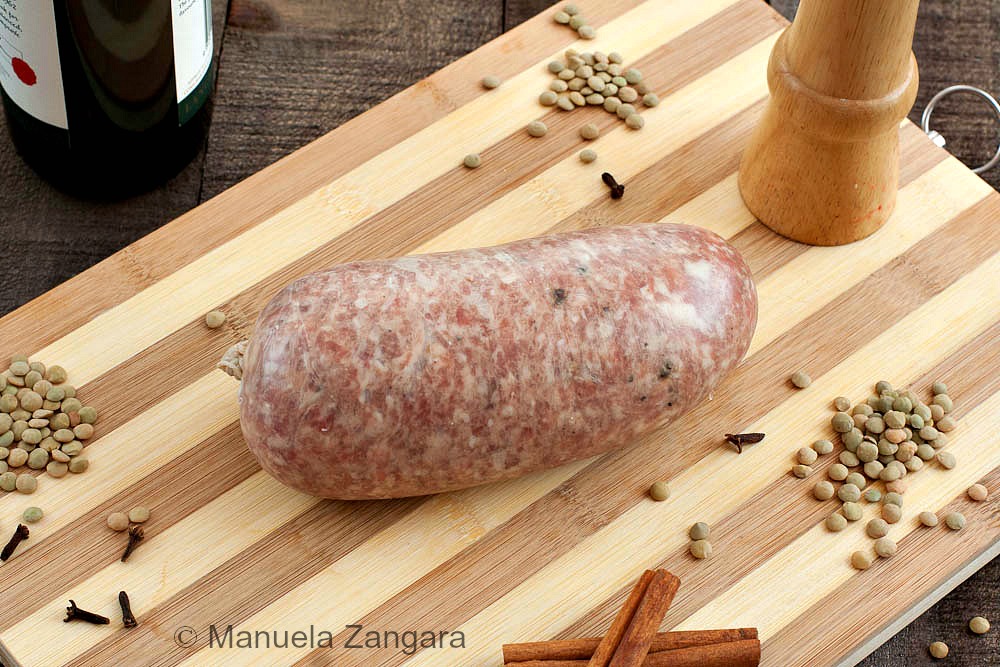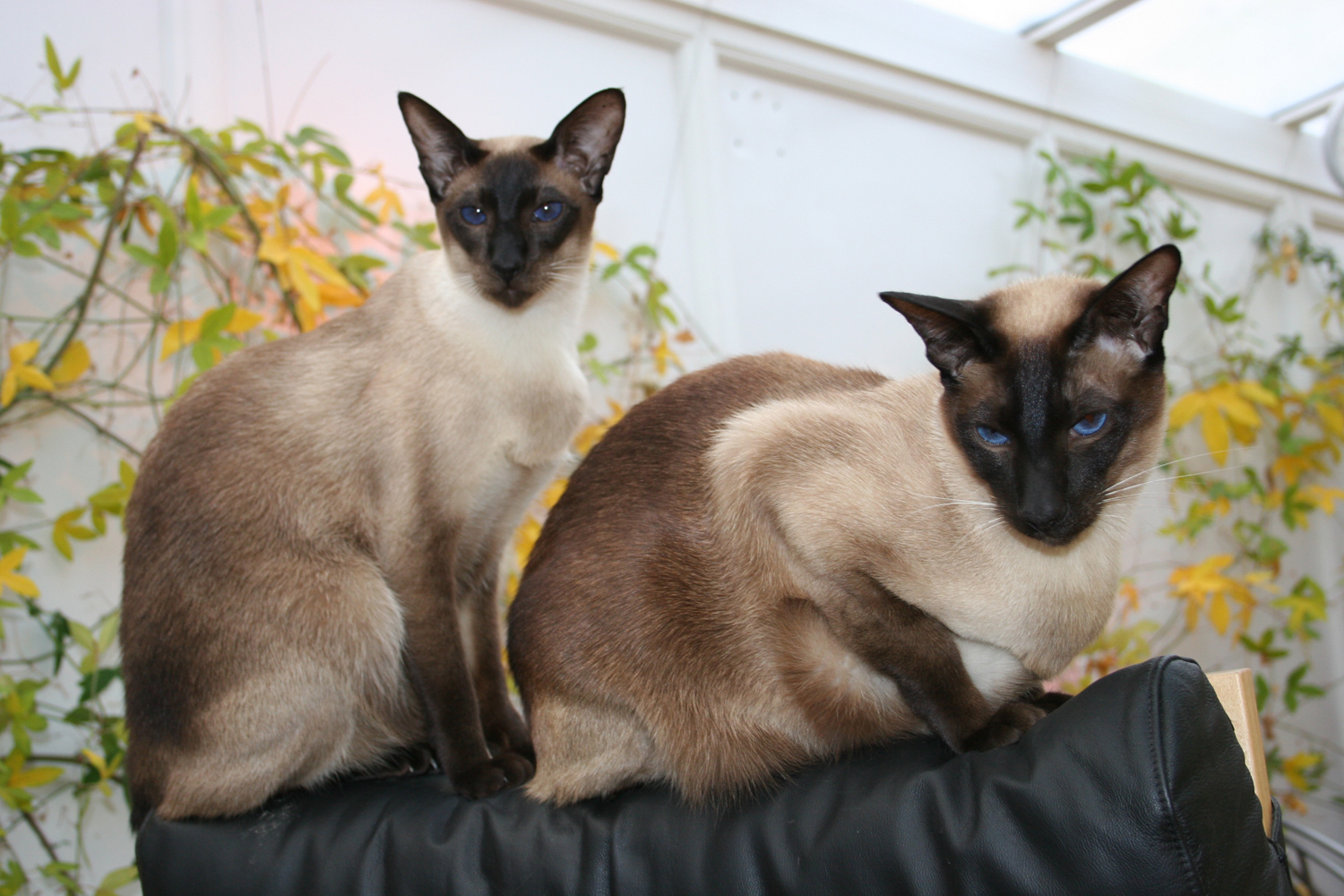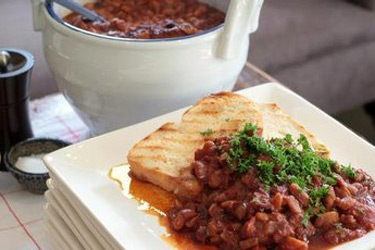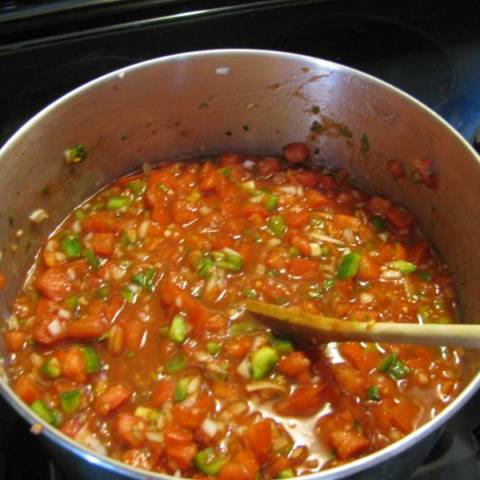Home Made Cat Food
5.0
(145)
Your folders
Your folders
Servings: 2
Author : Christine Smith Christine Smith has worked in the.. More From This Chef »

Ingredients
Export 8 ingredients for grocery delivery
Instructions
Step 1
Bake (at 350 degrees) the chicken/turkey thighs and liver leaving ~50% of the thigh meat raw. (The time needed varies depending on how thick the thighs are but is usually ~15 minutes, give or take.) The liver will be cooked more than the meat which is fine.
Step 2
Remove from the oven and put in cold water to stop the cooking process.
Step 3
Remove some of the raw meat from the bone for chunking (for the version in the picture, I used a grinder, if you use meat shears or a knife to "chunk" the meat - cutting it into small pieces about the size of a dime, it will look like the second picture). The bigger, the better. Keep in mind that raw meat is more tenacious (and better for teeth) than cooked meat. Make sure that you include the skin and all the fat!
Step 4
If using eggs, make sure you cook the whites (the yolks can be cooked or left raw). Break the egg into small pieces so that it incorporates into the rest of the ingredients.
Step 5
Mix together the meat/liver/skin, egg whites, and fat drippings in one large bowl. Placed mixture in the refrigerator while the supplements are mixed up.
Step 6
Combine the water, egg yolks (if you only cooked the white versus the whole egg), vitamin E, vitamin B-complex, taurine, salt, bone meal, and fish oil with a whisk. Note that it is helpful to put the fish oil capsules in warm water in advance of mixing up the supplement slurry. It takes about 15 minutes for them to dissolve and I use my hand to make sure that all of the oil is squeezed out of each capsule. Some people poke the fish oil capsules with a pin. It is ok to leave the capsules in the water. Most cats readily eat them but if your cat is not fond of fish, then you may want to remove them.
Step 7
Pour the supplement slurry into the meat/skin/liver/egg mixture. Mix very well.
Step 8
Portion into containers and freeze. Leave at least 3/4"【1.9 cm】 of head space to allow for expansion.
Step 9
Ideally, the food should only be in the refrigerator (in a completely thawed state) for 48 - 72 hours so keep that in mind when choosing your container size. The average cat eats about 3.5-6 ounces【170 g】 per day. (With three cats, I separated into large yogurt containers and take one out of the freezer about every 3 days.) My cats and I are impatient and won't (yet) eat the meat raw or partially raw, so all of my cat food-warming is done in the microwave. Depending on the level of thawing, I heat it for 30 seconds at a time then stir. I repeat this several times until it's fully cooked, then they eat it once it cools. Ideally, eventually you'll be able to reduce the warming to just 10-15 second increments so that the food is not cooked but is just warmed to 'mouse body temperature'.
Top similar recipes
Curated for youYour folders

 298 views
298 viewsAnti-Inflammatory Home Made Dog Foo...
thismessisours.com
Your folders

 62 views
62 viewsAnti-Inflammatory Home Made Dog Foo...
thismessisours.com
4.7
(3)
Your folders

 4 views
4 viewsHomemade Cat Food
fourtocookfor.com
Your folders

 345 views
345 viewsHome-made Cotechino
manusmenu.com
5.0
(1)
Your folders

 361 views
361 viewsHome Made Souse
allrecipes.com
3.3
(8)
2 hours, 30 minutes
Your folders

 196 views
196 viewsSalmon Cat Food Recipe
excitedcats.com
4.5
(8)
Your folders
 117 views
117 viewsSalmon Cat Food Recipe
excitedcats.com
Your folders

 2486 views
2486 viewsCat food gravy recipe
cookipedia.co.uk
5.0
(1)
2 hours, 10 minutes
Your folders

 357 views
357 viewsHome Made Baked Beans
nzherald.co.nz
Your folders

 348 views
348 viewsHome made Giardiniera Mix
thegardeningcook.com
4.5
(27)
Your folders

 565 views
565 viewsHome-made Shio Ramen
japan.recipetineats.com
5.0
(2)
30 minutes
Your folders

 318 views
318 viewsHome/Made Mushroom Lasagna
cooking.nytimes.com
4.0
(1.4k)
Your folders

 175 views
175 viewsHome Made Salsa Recipe
countrylivinginacariboovalley.com
4.5
(740)
15 minutes
Your folders

 262 views
262 viewsRicotta Made at Home
tavolatalk.com
12 minutes
Your folders

 175 views
175 viewsHome made (thick) Mayonnaise
becs-table.com.au
5.0
(1)
Your folders

 255 views
255 viewsHome Made Grape Wine
oventales.com
4.5
(13)
Your folders

 242 views
242 viewsHome-made Pizza Margherita
nadialim.com
30 minutes
Your folders

 245 views
245 viewsACANA | Award-Winning Dog Food & Ca...
acana.com
Your folders

 225 views
225 viewsACANA | Award-Winning Dog Food & Ca...
acana.com
4.6
(21)